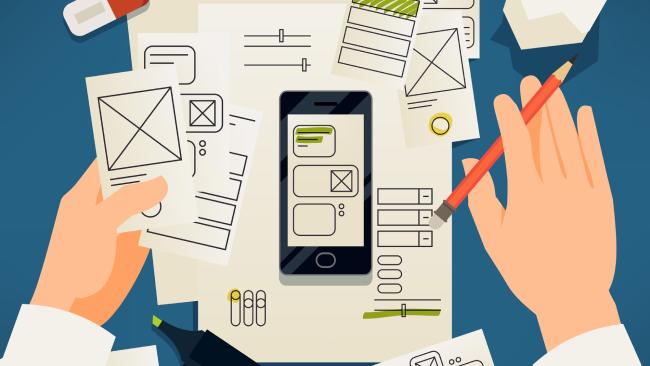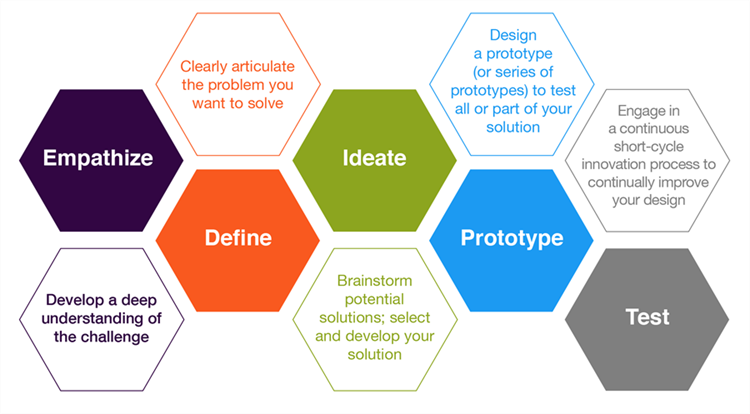Experiential Learning (ExL) – Prototype / Design Building
“If a picture is worth a thousand words, a prototype is worth a thousand meetings”
— IDEO.org
Preamble:
Prototyping can be used throughout the design process: to generate ideas, validate concepts, or explore technologies. Understanding and being able to navigate the possibilities, new prototyping tools and approaches is the key to extract the most value from prototyping. This course introduces how to use prototyping to make better decisions, use those design decisions for the next steps, and make sure those steps lead to great experiences! Rather than focusing on specific tools, This course helps the students to understand what and when to prototype, to transform good ideas into interactive, emotional user experiences.
Introduction:
The course covers the application of relevant technologies to create interaction prototypes. The students learn about different kinds of prototyping activities involved in designing low-fidelity and high-fidelity prototypes such as POC models, web pages and mobile interfaces. Activities include problem identification, hand sketching, wireframing techniques to build prototypes. Further, they will learn design principles and guidelines for constructing useful, usable and user-friendly interfaces. In addition, the students will learn about different ways to involve users in design activities. The pedagogy is based on active learning and a balance of lectures and hands-on activities.
Course Objectives:
The students will try to learn:
- The basic knowledge about prototyping and different types of prototyping activities.
- The various tools and methods to turn their idea into a tangible product or service in a low-cost, risk-averse way.
- About central concepts on user involvement and different ways of involving users in design activities and the implications of such involvement.
Course Outcomes:
Students will be able to
- Understand the process of generating innovations and converting them into prototypes.
- Select the suitable prototyping techniques, tools, design and user interface methods to build prototype.
- Explain how learned tools work and present experience of project work with these tools.
- Demonstrate or animate a user interface / prototype through the use of relevant software / hardware / tools.
- Develop the prototypes to provide a solution for addressing the problems in society.
Mapping of CO and PO:
| |
Course Outcomes |
Program Outcomes |
| CO1 |
Understand the process of generating innovations and converting them into prototypes |
PO1, PO2, PO3 |
| CO2 |
Select the suitable prototyping techniques, tools, design and user interface methods to build prototype |
PO3, PO5 |
| CO3 |
Explain how learned tools work and present experience of project work with these tools |
PO3, PO5 |
| CO4 |
Demonstrate or animate a user interface / prototype through the use of relevant software / hardware / tools |
PO5, PO9, PO10 |
| CO5 |
Develop the prototypes to provide a solution for addressing the problems in society |
PO3, PO5,PO9, PO10 |
Evaluation and Continuous Assessment:
The course is worth one credit hour with the contact time hundred minute session per week. All the sessions in every week is used for learning and prototyping activities which include understanding the various methods of prototyping, tools used for prototyping, user interface design. It is recommended that the all activities are to be record on regular basis and proper documents are to be maintained by students and faculty mentor. The final assessment of course includes the demonstration of POC model and report submission.
Process:





 Work with Us
Work with Us Campus Map
Campus Map How to Reach Us
How to Reach Us Online Degree Verification
Online Degree Verification Photo Gallery
Photo Gallery